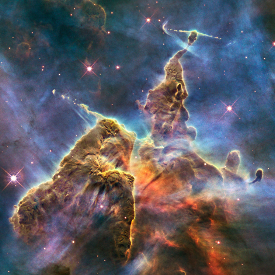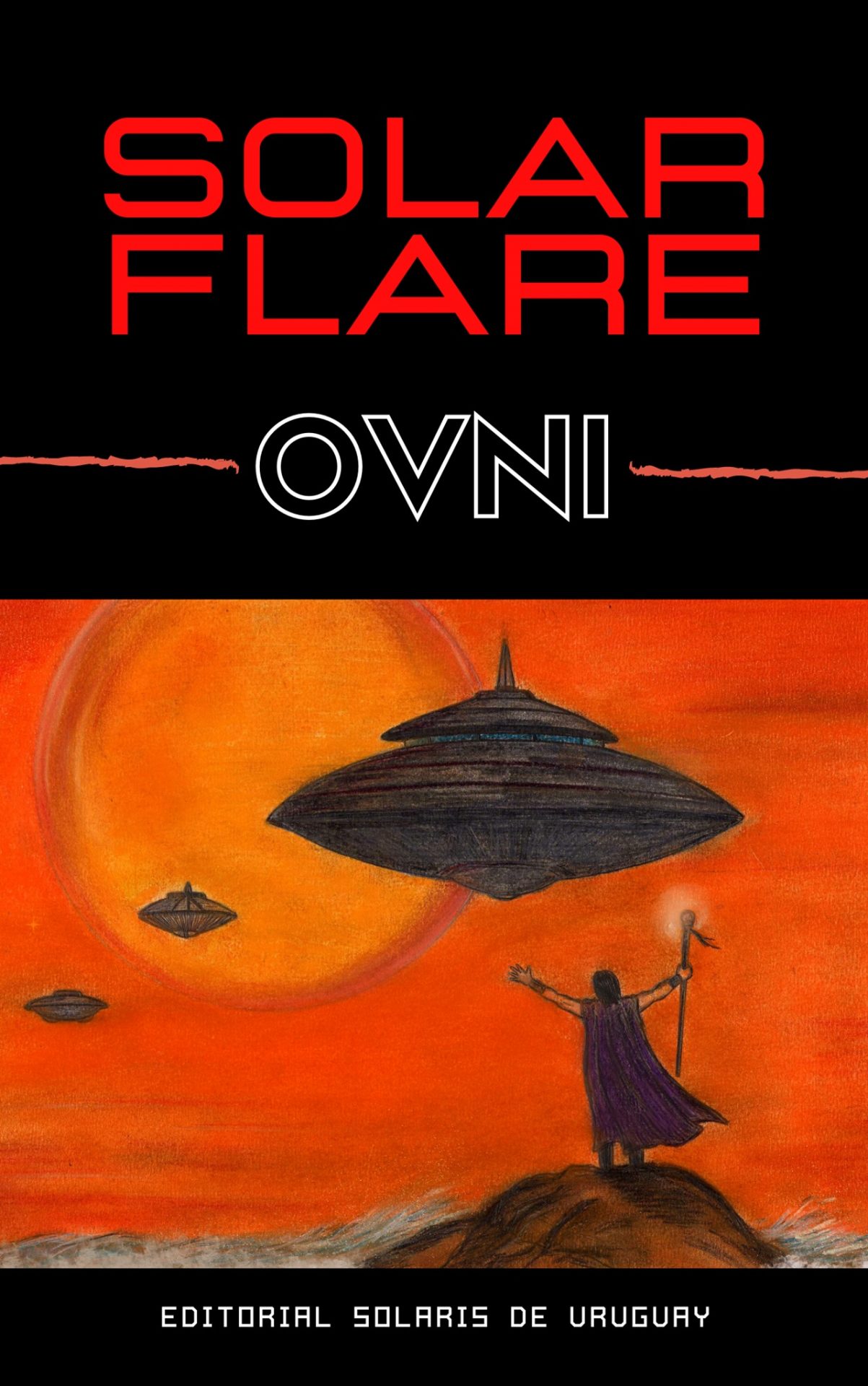Some years ago I was bemused by Buzz Aldrin’s complaint that science fiction was damaging the space program. Personally speaking, science fiction like Star Trek had in part inspired me to pursue astronomy and explore the universe with telescopes. Aldrin, himself a science fiction author (Encounter with Tiber),is really concerned that unrealistic, fantastic science fiction — where space travel is easy — leads to unrealistic public expectations of the true difficulties of space exploration. He believes that the messages from the less mundane and rigorous science fiction seep into our society, and that may be true at some level.
On the other hand, when I do have discussions or write articles about bad science in a science fiction tv show or movie, invariably some people will automatically object with something like, “Chill, dude! It’s only a movie.” Others have argued that science is constantly killing science fiction, by advancing our knowledge in ways that invalidate speculation found in science fiction.
Damned if you do, damned if you don’t. Some people really want plausible science in their science fiction, and some people don’t care and object if you don’t agree. I like to think you can tell a great story and get the science right. It doesn’t have to be one or the other.
But what about the flip side? What about science that strays into science fiction? Or at least far enough into speculation that it may undermine public trust in science. Are science writers pushing speculative interpretations so far to gather readers that they are in fact writing science fiction?
I think so.
We see sensationalist and contradictory headlines, all based on scientific studies, all the time. (A lot of them are about nutrition, something that is important to most of us and a field in which it is difficult to get clear results from individual investigations, and even my link is a rather sensationalist article. Here’s a more scholarly article about another aspect of the problem.) The fact is that a single study can reach erroneous conclusions, be misinterpreted, or simply be blown out of proportion to garner readers. It’s that last one that I’ll characterize as turning science into science fiction — and that mislabelling can hurt trust in science.
While I want to write a lot more in future posts about the complex relationship between specific areas of science and science fiction, let me conclude now with a recent example of science morphing into science fiction. Cool science fiction, but not quite science any more.
A couple of weeks ago I saw a I Fucking Love Science graphic being sent around talking about an exoplanet astronomers have found that is made of solid diamond. Here is an older article from Gizmodo that makes it sure sound like the planet in question, 55 Cancri e, must be a single giant diamond. Scientists say so! A press release certainly went out that featured what I can only think of as extreme speculation.
The data on this planet are scant, and the arguments (not observations!) for this being a diamond planet are not compelling, in my opinion, for a variety of reasons. Let me just point to another recent result on the host star that has refined the carbon abundance and finds a much smaller value, undermining the existence of “a diamond planet.” Here’s another NASA page about the very same world that says:
It’s a toasty world that rushes around its star every 18 hours. It orbits so closely — about 25 times closer than Mercury is to our sun — that it is tidally locked with one face forever blisters under the heat of its sun. The planet is proposed to have a rocky core surrounded by a layer of water in a “supercritical” state, where it is both liquid and gas, and then the whole planet is thought to be topped by a blanket of steam.
Same planet, different scientists. No mention of diamond, let alone “diamond planet.”
One of my concerns is that astronomy, a relatively rigorous physical science, which produces lots of cool results, will become viewed with skepticism normally reserved for, and deserved by, many studies in softer sciences and nutrition. Concluding this world is a diamond planet is not science, but speculation. It is great science fiction, however, and a mind-blowing idea.
Let me propose that real science can be exciting enough without a layer of damaging sensationalism, and that good science fiction can be speculative enough without becoming unadulterated magic. I think that a lot of objections from a lot of quarters could be lessened, and Buzz Aldrin wouldn’t have to punch anyone for confusing reality and fantasy.












1 Comment